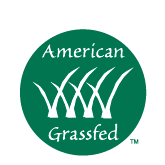100% Grass Fed Pasture Raised Beef
No hormones. No antibiotics. No grains. No GMOs. No Confinement. No Grain Byproducts.
Never.
From the Pastures to The Table
Top Selling Grass Fed Meat Products
What is Grass Fed, Grass Finished Beef and why is it important?
Labels on grass-fed beef products are often misleading for consumers. Just because the label says “grass fed,” it does not mean that the cow consumed nothing but grass – a large percentage of the cow’s diet could have included grain or grain byproducts, which are not healthy for cattle and can result in reduced quality and nutritional value of the meat.
So how can you sort through the many confusing, and often compromised, levels of grass-fed beef being marketed to consumers? We’ll try to help by explaining what we know.
We believe when you, the consumer, envision grass fed beef, you see cattle in open pastures only grazing forages and grass. Unfortunately, that is not always the case. While all cattle begin their lives on grass, some may forage for only 90 days or less before they are confined in a feedlot and fed grain or grain byproducts. Yet this beef may still be labeled “grass fed” when it comes to the marketplace.
The difference in the quality of the product and the environmental footprint boils down to how the cattle are managed for their entire lifetime. Thousand Hills Lifetime Grazed prides ourselves on offering 100% pasture-raised, Grass Fed Beef without any confinement feeding, GMO plants, or grain byproducts. Our cattle are always on the land, managed holistically, all while regenerating soil and grasslands.
GRASS FED MEATS THAT ARE 100% PASTURE RAISED
“Grass-fed” describes a cow that is fed grass, while “pasture-raised” describes a cow that spends most of its time on a pasture. However, not every grass-fed cow is pasture-raised, and not every pasture-raised cow is grass-fed.
Yes, pastures are covered in grass and other foliage. But farmers often supplement a pasture-raised cow’s diet with grain or grain byproducts. Similarly, farmers can also give a grass-fed cow its grass indoors in a feedlot, though this practice is rare.
NOT ALL “GRASS FED” BEEF IS EQUAL
When it comes to “grass-fed” or “pasture-raised” beef, packaging labels do not always tell you the whole story behind how the cattle were grazed, what they were fed, and how they were treated. Here is a guide to help you, the consumer, get a better idea of where the meat you are buying came from. For starters, our beef is 100% grass fed and pasture raised which is also commonly referred to as ‘Grass Fed, Grass Finished’ Beef. This means that we do not introduce corn feed at any point of the cows life.
Levels of Grass Fed beef Quality
1. Are not allowing in any conventional ag/GMO components into your forage supply
2. Keep cattle ALWAYS on the land, grazing forages for their lifetime
Cows were Meant to Eat Grass
Back in the days before meat-processing plants and even large chain grocery stores, cows wandered around in open fields munching on grass and other vegetation. As the human population started to grow, more cows were needed to keep people fed. So, farmers started collecting larger herds, locking them in confined areas, and feeding them grain to accelerate and increase growth.
But cows weren’t built to eat grain. They are ruminants, a kind of animal that evolved to have multiple stomachs to better digest large amounts of grass or foliage. Soy, corn, and other grains often fed to modern cows are vastly different from grass, which means that cow stomachs are simply unable to digest them properly. Improper digestion leads to a whole host of issues for the cow, which translates to reduced taste and nutrition in the beef they provide.
Humane & Ethical Treatment
Cows were not meant to live in confined spaces. This is ethically wrong. Most modern cows are moved to feedlots shortly after they’re born, which is often very stressful for the cow. This distress raises the cow’s cortisol levels, which can negatively affect the quality and nutritional value of the meat.

Learn More About Why 100% Grass Fed Beef is so important
Raised in Open Pastures for Their Lifetime
At Thousand Hills Lifetime Grazed, we have fully embraced Regenerative Agriculture, which seeks to not just sustain natural resources but to regenerate them through humane animal treatment and holistically managed land. Our cattle are raised in open pastures for their lifetime so they can express their natural, instinctive behaviors and be safe from the pain and stress of confinement. This humane treatment is also beneficial for the land, as natural grazing promotes healthy soil.
Thousand Hills is committed to staying the leader in 100% ethical grass fed meat delivery with honest labeling and regenerative practices.







